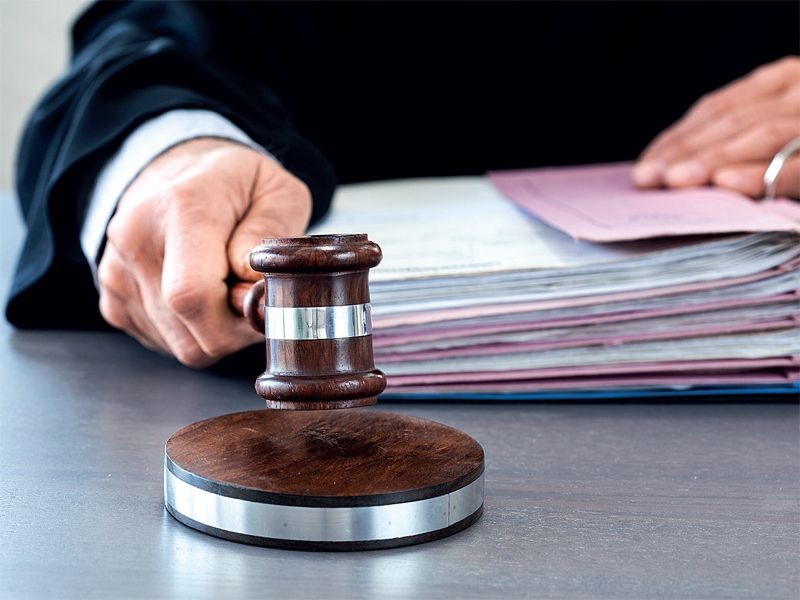Across Austin, property damage claims often turn on details: what was reported, when it was documented, and how the policy language is read. Texas law sets timelines for insurers, but in practice many policyholders still face delays, low estimates, or outright denials. This guide walks through how claims get filed under Texas insurance policies, what types of losses are typically covered, why settlements stall, and what legal paths exist when an insurer won’t pay fairly. It also explains the central role of documentation in proving the amount of loss. When disputes escalate, an experienced Austin Property Damage Lawyer can help policyholders move from “stuck” to resolution.
Filing property damage claims under Texas insurance policies
Filing a property claim in Austin is straightforward on paper and surprisingly high-stakes in reality. Texas policies generally require prompt notice after a loss and reasonable steps to prevent further damage, followed by cooperation with the insurer’s investigation.
Key steps most policies expect
- Give prompt notice of the claim and the date of loss (storm, fire, burst pipe, vandalism, etc.).
- Protect the property from further damage (board up, tarp, dry-out) and keep receipts.
- Document the loss: photos, video, and an initial inventory for personal property.
- Allow inspection and provide requested documents or recorded statements if required by the policy.
- Submit a sworn proof of loss if the insurer asks (often within 60 days of request).
Texas prompt-payment rules
Under the Texas Prompt Payment of Claims Act, insurers must hit important timelines, including:
- Acknowledging the claim and starting an investigation within a short period (often 15 days after notice).
- Requesting any additional items needed for evaluation.
- Accepting or rejecting a claim within a set window after receiving all requested information (commonly 15 business days, with possible extensions in certain circumstances).
- Paying within a few business days after accepting coverage.
Meeting these deadlines doesn’t guarantee a fair amount of loss, only that the claim moves, but missed deadlines can trigger statutory interest and potential attorney’s fees. An Austin Property Damage Lawyer often coordinates early inspections, independent estimates, and communications so that the claim file is clear, compliant, and positioned for maximum recovery.
Types of damages typically covered in Austin disputes
Coverage depends on the policy form (homeowners, condo, commercial property, landlord, or business owner’s policy) and endorsements. In Austin, disputes frequently involve hail and wind, freeze-related leaks, plumbing failures, and fire/smoke losses.
Common first-party property categories
- Dwelling/building: roofing, framing, interior finishes, windows/doors, electrical and plumbing, HVAC, and code-required upgrades if “ordinance or law” coverage applies.
- Other structures: detached garages, fences, sheds.
- Personal property/contents: furniture, electronics, clothing, tools, inventory for businesses.
- Loss of use/additional living expenses (ALE): temporary housing, increased food/transport costs while repairs are underway.
- Business interruption/extra expense: lost revenue and added costs needed to continue operations after a covered loss.
- Debris removal and reasonable mitigation expenses: tarping, water extraction, drying equipment, and board-up services.
Austin-specific friction points
- Roof hail damage and improper depreciation: disputes over actual cash value (ACV) vs. replacement cost value (RCV) are common in Central Texas.
- Water and mold: mold often has low sublimits, and sewer backup or foundation leaks may require specific endorsements.
- Flood vs. surface water: rising floodwaters generally require separate flood insurance (NFIP or private): standard policies typically exclude flood.
- Code compliance: City of Austin permitting and energy codes can drive “ordinance or law” costs: coverage depends on endorsements and limits.
Clear scopes, line-item estimates, and local code citations help clarify what’s truly covered and reduce the tug-of-war over gray areas.
Common delays and denials in property damage settlements
Even with a valid loss, many Austin claims stall. Patterns tend to repeat across carriers and perils.
Delays policyholders routinely see
- Scheduling bottlenecks: late or cursory inspections, especially after regional hail or freeze events.
- Endless “requests for more documents”: repetitive demands that reset decision timelines.
- Low initial reserves: early lowball estimates that anchor negotiations downward.
- Managed repair pressure: steerage to preferred vendors who scope narrowly.
Frequent denial or underpayment rationales
- Wear, tear, and deterioration: hail or wind damage recast as preexisting issues.
- Maintenance/installation faults: shifting blame to workmanship exclusions.
- Causation disputes: water intrusion labeled as long-term seepage rather than a sudden and accidental event.
- Coverage line drawing: flood vs. wind-driven rain: interior damage denied absent an opening created by wind.
- Inventory skepticism: personal property claims discounted for lack of purchase proof.
Navigating the roadblocks
When the amount of loss is the issue, appraisal can be an efficient path to resolve pricing and scope disputes. If the insurer contests coverage entirely, a deeper legal strategy is usually required. Timelines matter: many Texas policies shorten the period to file suit (often near two years), and some statutes require pre-suit notice. Early consultation with an Austin Property Damage Lawyer helps keep deadlines, evidence, and strategy aligned.
Legal remedies available when insurers fail to pay fairly
Texas law provides multiple tools to correct unfair claim outcomes. The best choice depends on whether the dispute concerns coverage, the amount of loss, claim handling, or all three.
Contract and statutory options
- Appraisal: A policy-based process to resolve the amount of loss. It doesn’t decide coverage but can significantly increase the payment when scope/pricing are the sticking points.
- Breach of contract: When the carrier fails to pay benefits owed under the policy.
- Unfair settlement practices (Texas Insurance Code Chapter 541): For misrepresentations, unreasonable investigations, or failure to attempt a fair settlement.
- Prompt payment remedies (Texas Insurance Code Chapter 542): Missed deadlines can trigger statutory interest and potential attorney’s fees.
- DTPA claims: When deceptive practices or knowing violations harm the insured, enhanced damages may be possible.
Administrative and alternative avenues
- Texas Department of Insurance complaint: Useful for spotlighting systemic delays or communication failures.
- Mediation: Especially effective in larger commercial or multi-building losses.
Timing and pre-suit requirements
Texas law often requires pre-suit notice that details the dispute and damages, and some severe weather claims are governed by special procedures. Many policies also include limitations provisions (commonly around two years, sometimes shorter). Missing these steps can cap attorney’s fees or stall a case. An Austin Property Damage Lawyer typically starts with a targeted demand letter, coordinates expert inspections, preserves electronic claim history, and evaluates whether to pursue appraisal, litigation, or both.
Readers who need immediate guidance can Tap here to contact an Austin Property Damage Lawyer and discuss next steps.












